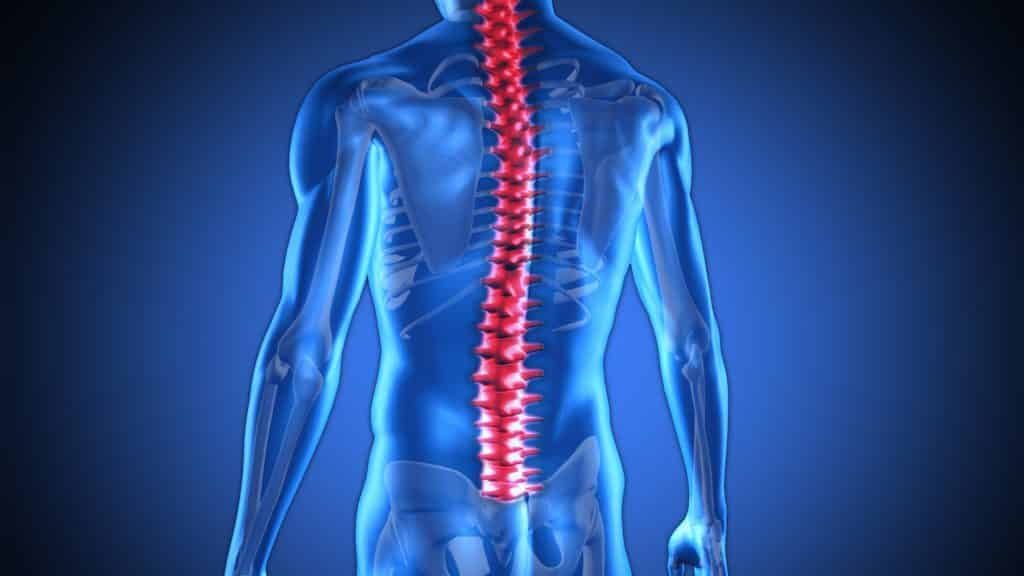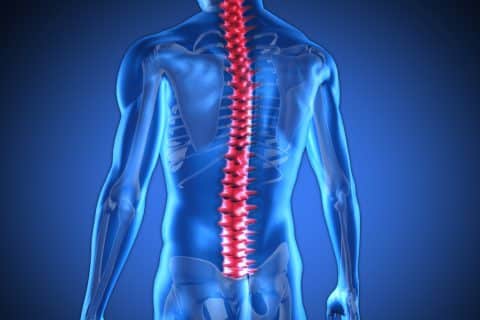Our Specialties
Specialty Overview
Comprehensive spinal care includes pain management and not surgical techniques, and when necessary, surgical treatments, rehabilitation, and physical therapy. The Board Certified orthopedic physicians at the DOC are skilled in and dedicated to taking care of patients, utilizing their knowledge, experience, and the advances in technology in recent years to your advantage.
The spine is designed to give us stability and smooth movement, but also provides a corridor of protection for the delicate spinal cord. It’s made up of bony segments called vertebrae and fibrous tissue called intervertebral discs.
Back pain is broad term, but is an indication of stress fractures known as vertebral compression fractures. Back pain may originate from muscles, nerves, bones, joints or other structures in the spine. Back pain is one of the most common medical problems experienced by most people at some time in their life. Back pain can be acute usually lasting from few days to few weeks, or chronic lasting for more than three months.
Back pain can occur as a dull constant pain or a sudden sharp pain. Back pain may be confined to one area or may radiate to other areas such as the arm and hand, the upper back, or the low back, and might radiate into the leg or foot. Other than pain you may have weakness, numbness or tingling in your arms or legs caused from damage to the spinal cord.
Athletes participating in sports such as basketball, football, soccer, golf, or tennis are at greater risk of developing back pain. During these sport activities, the spine may need to bear more stress, take up more pressure, or undergo twisting and turning, as well bodily impact. This may cause strain on the back that can result in back pain. Athletes are at high risk of back pain both from trauma and from overuse injuries, especially in sports requiring hyperextension.
The spine specialist at the DOC will carefully examine you based on the symptoms and medical history, and sometimes order other diagnostic tests such as:
-
X-ray: A spinal X-ray may be taken to determine the presence of a fracture
-
MRI Scan: An MRI of spine may be performed to know if the fracture is old or new and to detect other soft tissue abnormalities
-
DEXA Scan: Dual Energy X-ray Absortiometry (DEXA) scan is a test to measure bone mineral density, and is typically used to diagnose osteoporosis
Specialties treated by the physicians at the DOC include herniated discs, bulging discs, or slipped discs, spinal stenosis, compression fractures, spinal deformities, neck pain, and chronic back pain.


